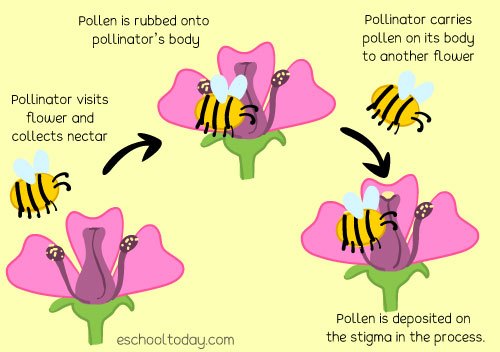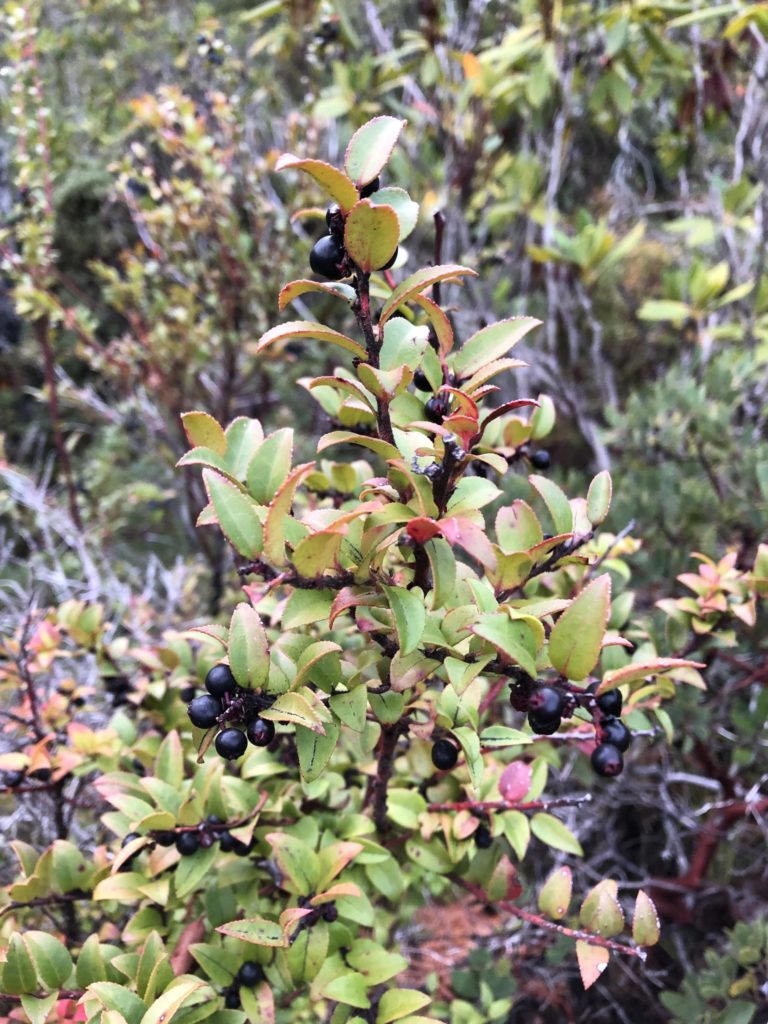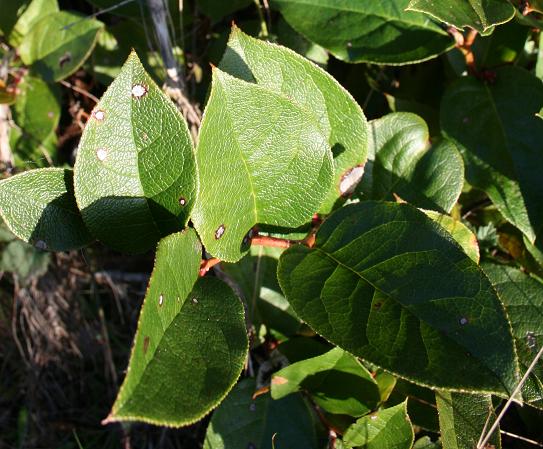Flowering plants (angiosperms) make up ~90 percent of the Plant Kingdom with a total number of described species somewhere around 300,000. Over the past 130 million years, flowering plants have colonized practically every conceivable habitat on earth, replacing conifers during that time as the most successful group of plants. They have done this in various ways, most importantly by enlisting insects and other animals as pollinators and seed distributors.

Trillium
Trillium grows in parts of the western United States and western Canada under Douglas-firs and, in coastal California under redwoods. Other trees which frequently shade this species include grand fir, western red cedar, and western hemlock; bigleaf maple, red alder and Sitka spruce join in near the coast. Flowering peaks in April. The flower starts white, but often becomes pink as it matures. Associated understory plants include swordfern, vanilla leaf, violets, redwood sorrel and salal.

Evergreen Huckleberry
This shrub produces delicious berries that almost every animal in the forest loves, including humans. It can grow to almost eight feet and enjoys both sun and shade. It is also one of the most common shrubs in our forest. The edible berries become ripe in mid-summer and can persist into the fall — harvest some and make some huckleberry jam!

Redwood Sorrel
Redwood sorrel is native to moist Douglas-fir and redwood forests of western North America from southwestern British Columbia south to California. The leaves are eaten by people and, like spinach, it contains the mildly toxic oxalic acid. Plants can photosynthesize at low light levels and when direct sunlight strikes the leaves they fold downwards; when shade returns, the leaves reopen.

Salal
Salal can grow to 6 feet tall in our forest and is also one of the most common shrubs. The fruit is favored by birds but can also be eaten by humans. The greenery is also used by florists who put it in their flower displays. Both salal and huckleberry are in the family Ericaceae which include other plant species like manzanitas, azaleas, and rhododendrons.


You must be logged in to post a comment.